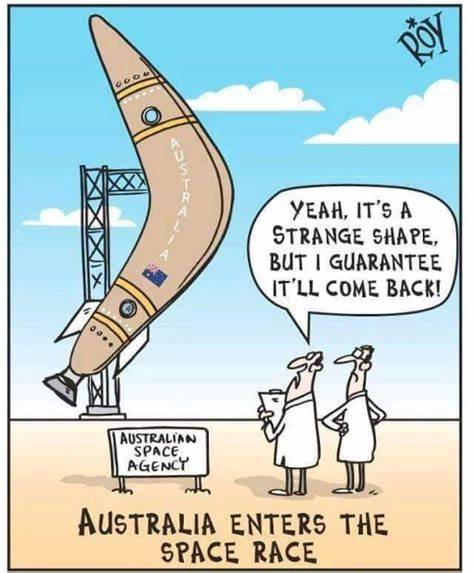
|
Scientists have an idea where and when China’s free-falling 8.5-ton space station will crash into Earth. In a report by the Aerospace Corporation, Tiangong-1 is predicted to reenter the Earth’s atmosphere on or about April 3, 2018. They identified specific regions on Earth where debris from the space station could fall. A portion of lower Michigan is included on the northern “yellow band” region, which has a “higher probability” of encountering debris from the Chinese spacecraft.
There is a chance that a small amount of Tiangong-1 debris may survive reentry and impact the ground. Should this happen, any surviving debris would fall within a region that is a few hundred kilometers in size and centered along a point on the Earth that the station passes over. The map below shows the relative probabilities of debris landing within a given region. Yellow indicates locations that have a higher probability while green indicates areas of lower probability. Blue areas have zero probability of debris reentry since Tiangong-1 does not fly over these areas (north of 42.7° N latitude or south of 42.7° S latitude). These zero probability areas constitute about a third of the total Earth’s surface area.
When considering the worst-case location (yellow regions of the map) the probability that a specific person (i.e., you) will be struck by Tiangong-1 debris is about one million times smaller than the odds of winning the Powerball jackpot. In the history of spaceflight, no known person has ever been harmed by reentering space debris. Only one person has ever been recorded as being hit by a piece of space debris and, fortunately, she was not injured.
Yet more Chinese materials that may flow into our country without a tariff! 😊
One of the fun things to do with astronomy (and science in general) is to imagine what it would be like if things were different. For example, right now the Moon orbits the Earth at an average distance of about 384,000 kilometers (238,000 miles). Even though that makes it the nearest astronomical object in the Universe, that’s still pretty far—a four-day ride in a space capsule, for example.
But what if it were closer? YouTube user “yeti dynamics” (real name: Nick) is an animator who created a fantastic video showing what it would look like from Earth if the Moon orbited us as the same distance as the International Space Station. The results are pretty amazing! Make it hi-res and fullscreen for the full effect.
Right off the bat, let me give my kudos to the animator! That was very well done, very realistic looking, and—my favorite bit—really cool, so it’s likely to grab people’s attention and get them thinking about the Moon and space.
And given its intent (just showing what it would look like, without any extrapolation on the physics), it’s pretty accurate, too. Indulge me while I dabble in some (fun) math.